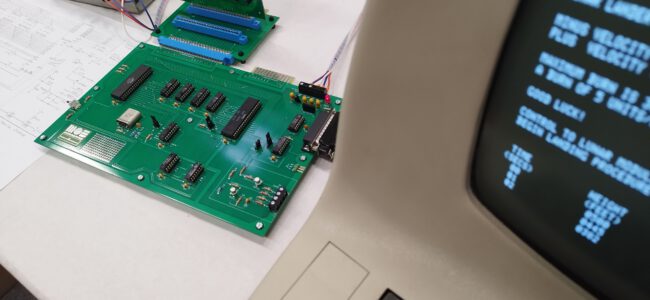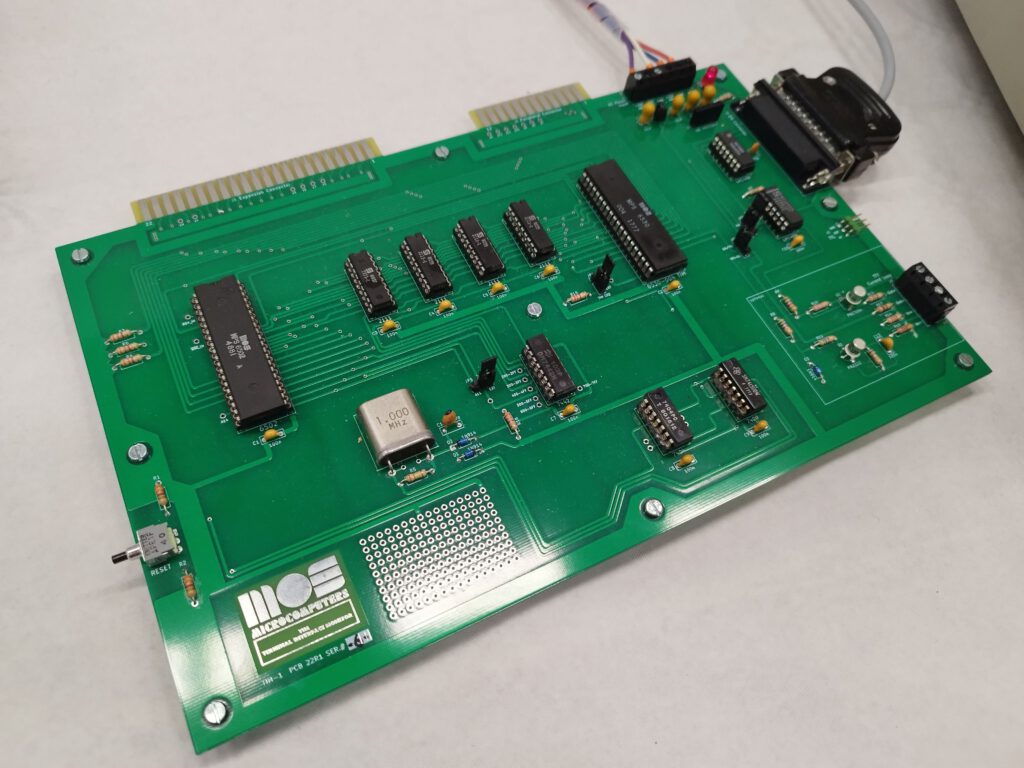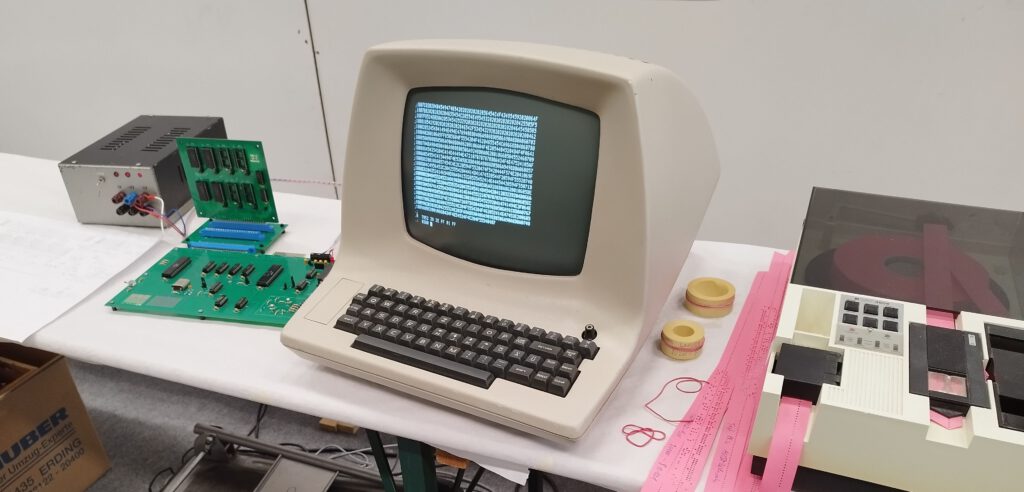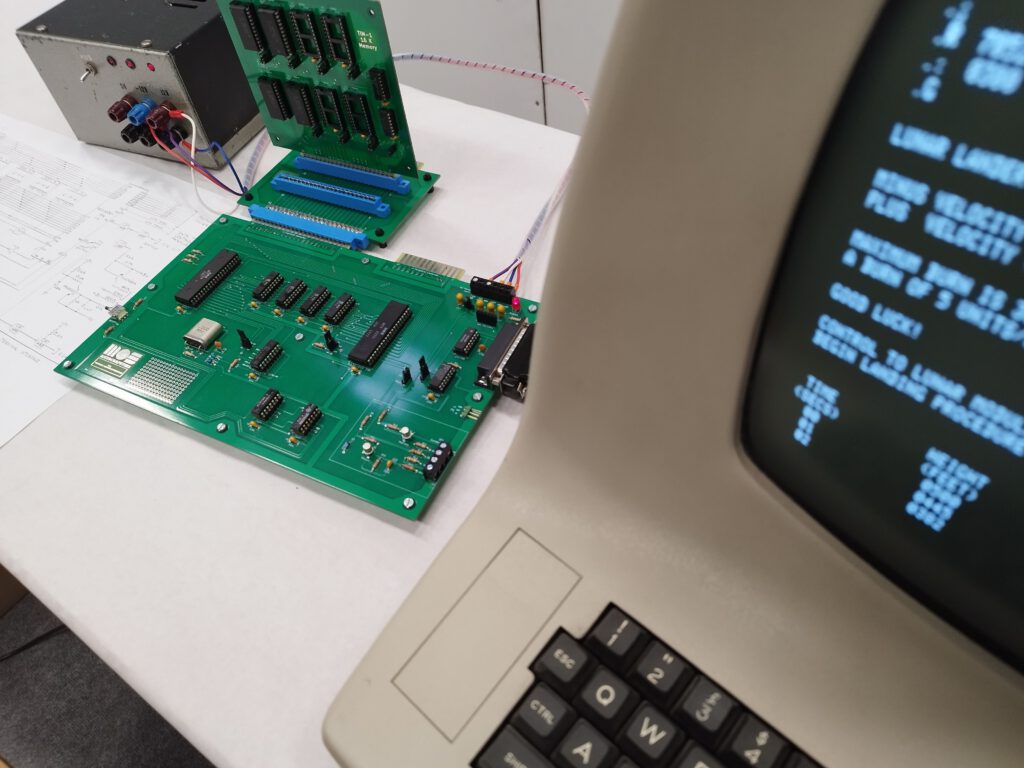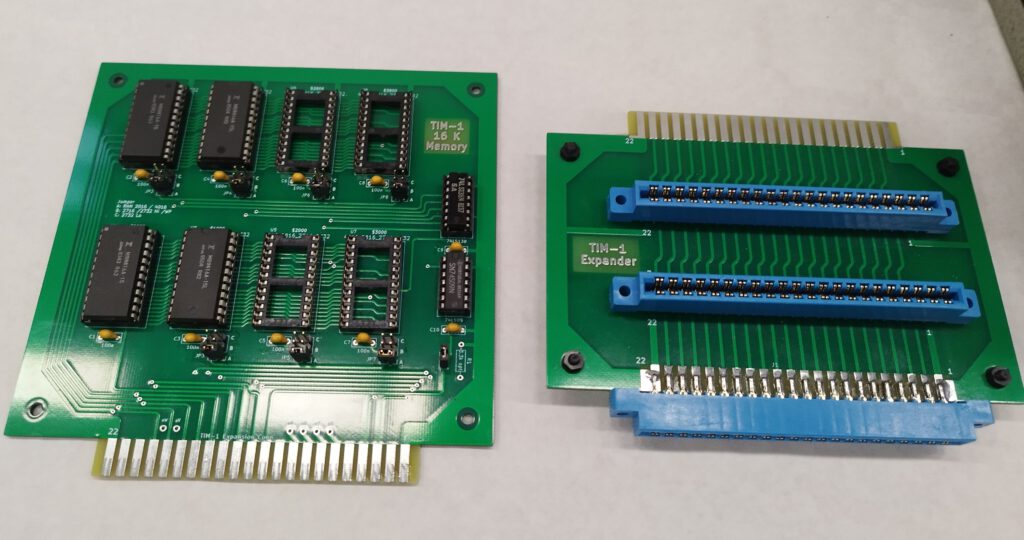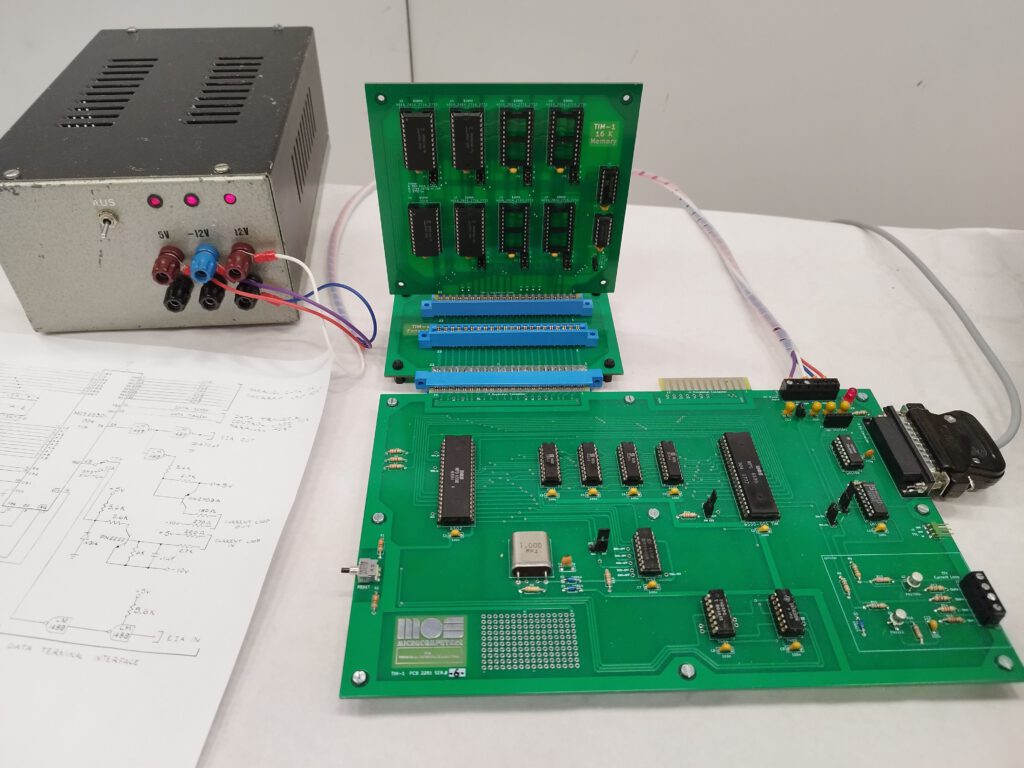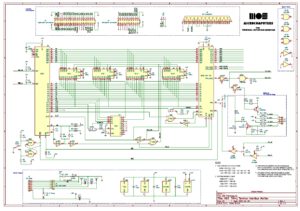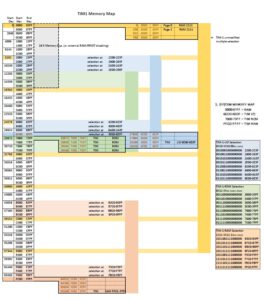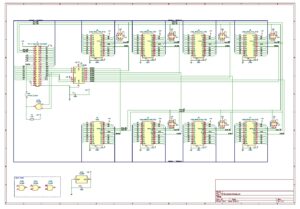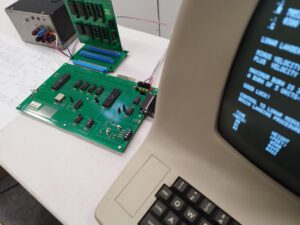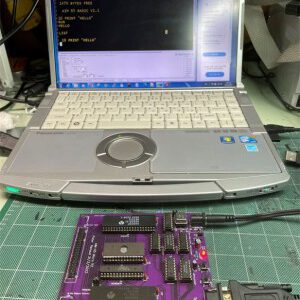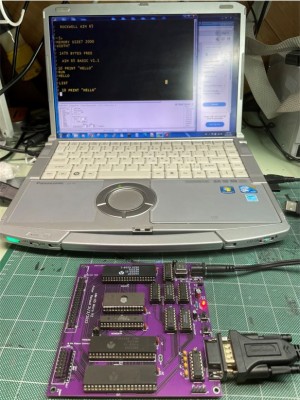6530-002 $1C00-$1FFF KIM-1 listing in KIM-1 Users manual
6530-003 $1800-$1BFF KIM-1 listing in KIM-1 Users manual
6530-004 $7000-$73FF TIM Terminal Monitor, see the TIM page
6530-005 According to this OSI appnote this is an unprogrammed version of the 6530 TIM
I have only seen ads for this part without further description of what this is.
It has the 16 I/O lines, 64 word RAM and the timer, which can generate an IRQ. One can assume the ROM is empty.
6530-006 Allied Leisure pinball version 1 (IC6)
6530-007 Allied Leisure pinball version 1 (IC3)
6530-008 Allied Leisure pinball version 1 (IC5)
6530-009 Allied Leisure pinball (IC5)
6530-010 Allied Leisure pinball (IC6)
6530-011 Allied Leisure / Fascination pinball (IC3)
6530-012 Gottlieb System 1 sound board (R3014-12)
6530-013 Gottlieb System 1 sound board (R3014-13)
6530-014 Gottlieb System 80 series sound board (R3016-11)
6530-016 Used in Gottlieb system 80/80A/80B sound boards
6530-024 Commodore Chessmate (based upon Peter Jenning’s MicroChess)
6530-241 MIOT in pinball machines
6530-243 MIOT in pinball machines
Commodore diskdrives ROM at $FC00-$FFFF
901466-01 6530-??? 2040 DOS 1.0 Shugart SA390 2040, 3040 and 4040
901466-02 6530-028 4040 DOS 1.2 Shugart SA390 2040, 3040 and 4040
901466-04 6530-034 8050 DOS 2.0 DOS 2.1 Shugart SA390
901483-02 6530-036 8050 DOS 2.5
901483-03 6530-038 8050 DOS 2.5 Micropolis 1006-II (8050)
901483-04 6530-039 8050 DOS 2.5 Tandon TM100-3M (8050)
901884-01 6530-040 8X50 DOS 2.7 Tandon TM100-3M (8050) Tandon TM100-4M (8250)
901885-01 6530-044 8X50 DOS 2.7 Micropolis ???
901885-04 6530-047 8X50 DOS 2.7 Micropolis 1006-II (8050) Micropolis 1006-IV (8250) Micropolis 1106-II (Safari, mit Garagentor, 8050) Micropolis 1106-IV (Safari, mit Garagentor, 8250)
901869-01 6530-048 DOS 2.7 M.P.I. 101SM (8050)M.P.I. 102?? (8250)
251256-02 6530-050 8250 DOS 2.7 Matsushita JU-570-2 (8250LP)
251257-02A 2716 DOS 2.7 Matsushita JU-570 (SFD-1001) Matsushita JU-570-2 (SFD-1001)
251474-01B 2716 DOS 2.7 Matsushita JU-570-2 (8250LP)
Replacing the 6530-002 and -003 in a KIM-1 has become quite easy. See this page on replacements with a 6532, some glue logic and a (E)EPROM.
The RRIOT in CBM disk drives are only different in the ROM contents The rest is as follows:
– Pin 18 is PB6 (no CS1).
– Pin 19 is CS2 (noPB5) .
– Pin 17 (PB7/IRQ) has no Pullup.
– ROM is in $FC00 bis $FFFF (RS0=0, CS1=X, CS2=1).
– RAM is in $0000 bis $003F (RS0=1, CS1=X, CS2=0, A9=,0 A8=0, A7=0, A6=0).
– I/O is on $0080 bis $00BF (RS0=1, CS1=X, CS2=0, A9=,0 A8=0, A7=1, A6=0).
Logic of addressing:
RS0 CS1 CS2 A9 A8 A7 A6
ROM 0 X 1 - - - -
RAM 1 X 0 0 0 0 0
IO 1 X 0 0 0 1 0
Via an adapter board Commodore reused older 6530’s with new firmware by disabling the built in ROM and adding a 2716.
See Zimmers Commodore archive. Note that not just any 6530 can be used in this way, only the 6530’s from the Commodore diskdrives. A more general approach with a 6532 is described here.
Most if the information on this pages is also found on the pages of Martin Hoffman Vetter
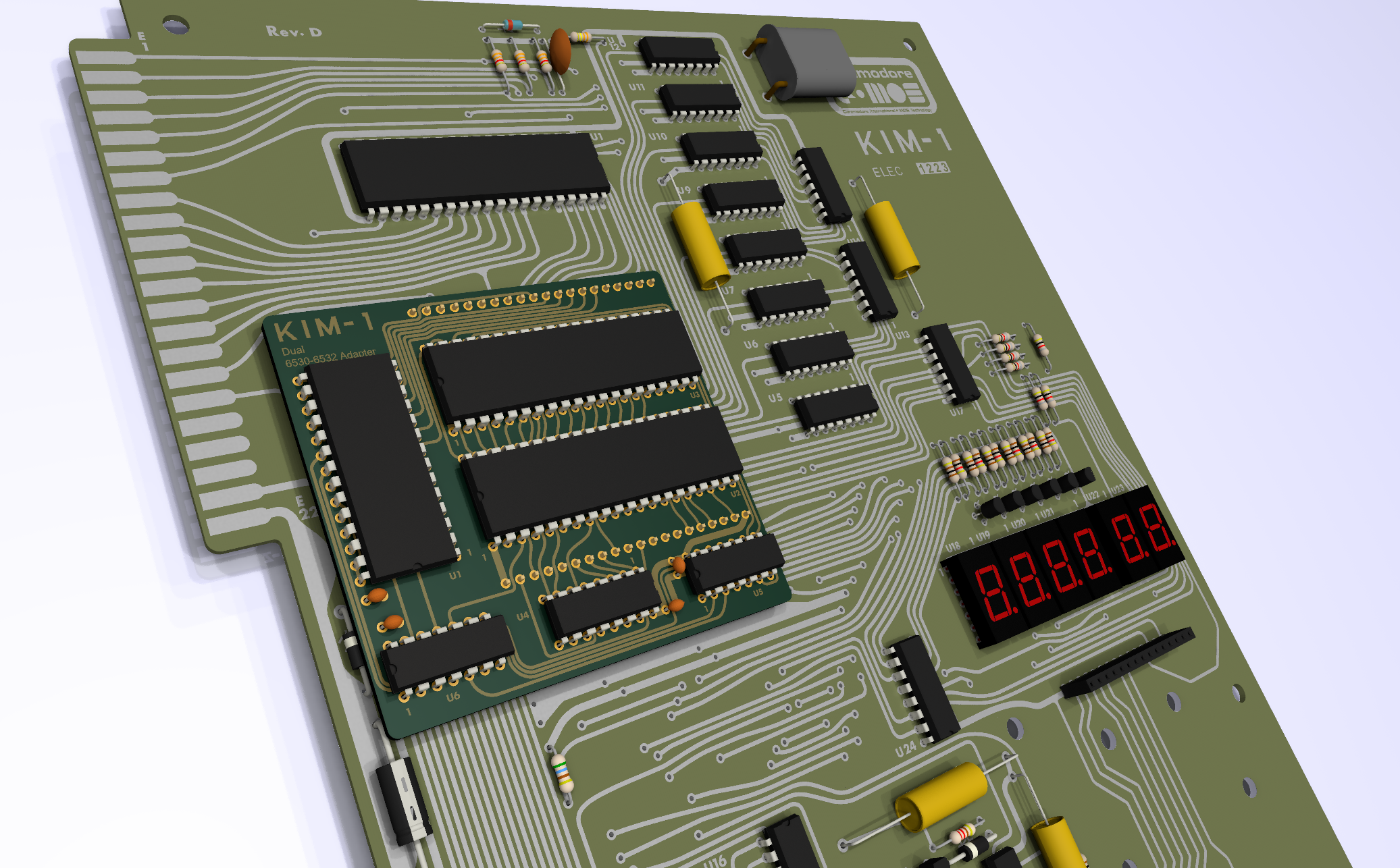
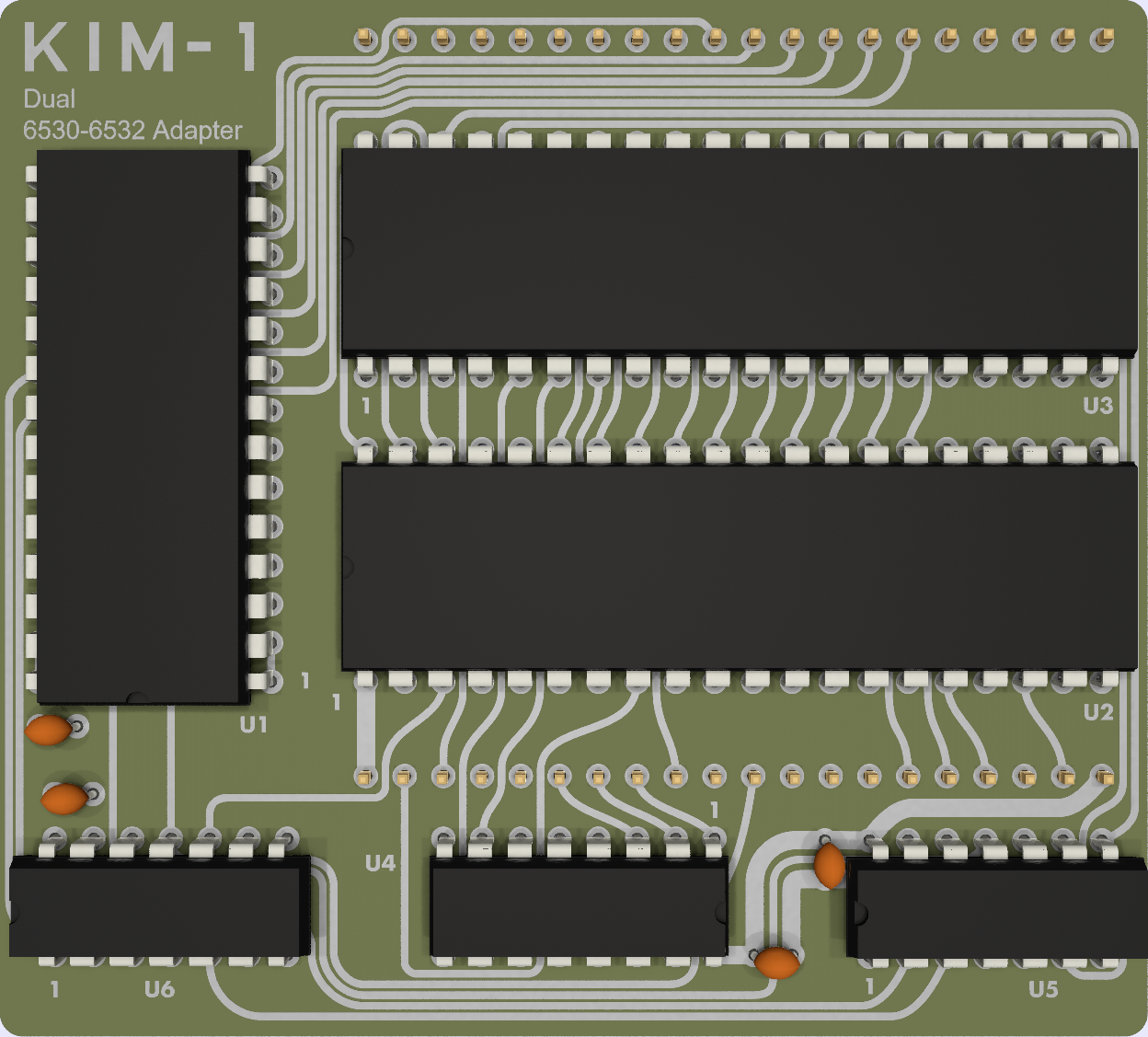
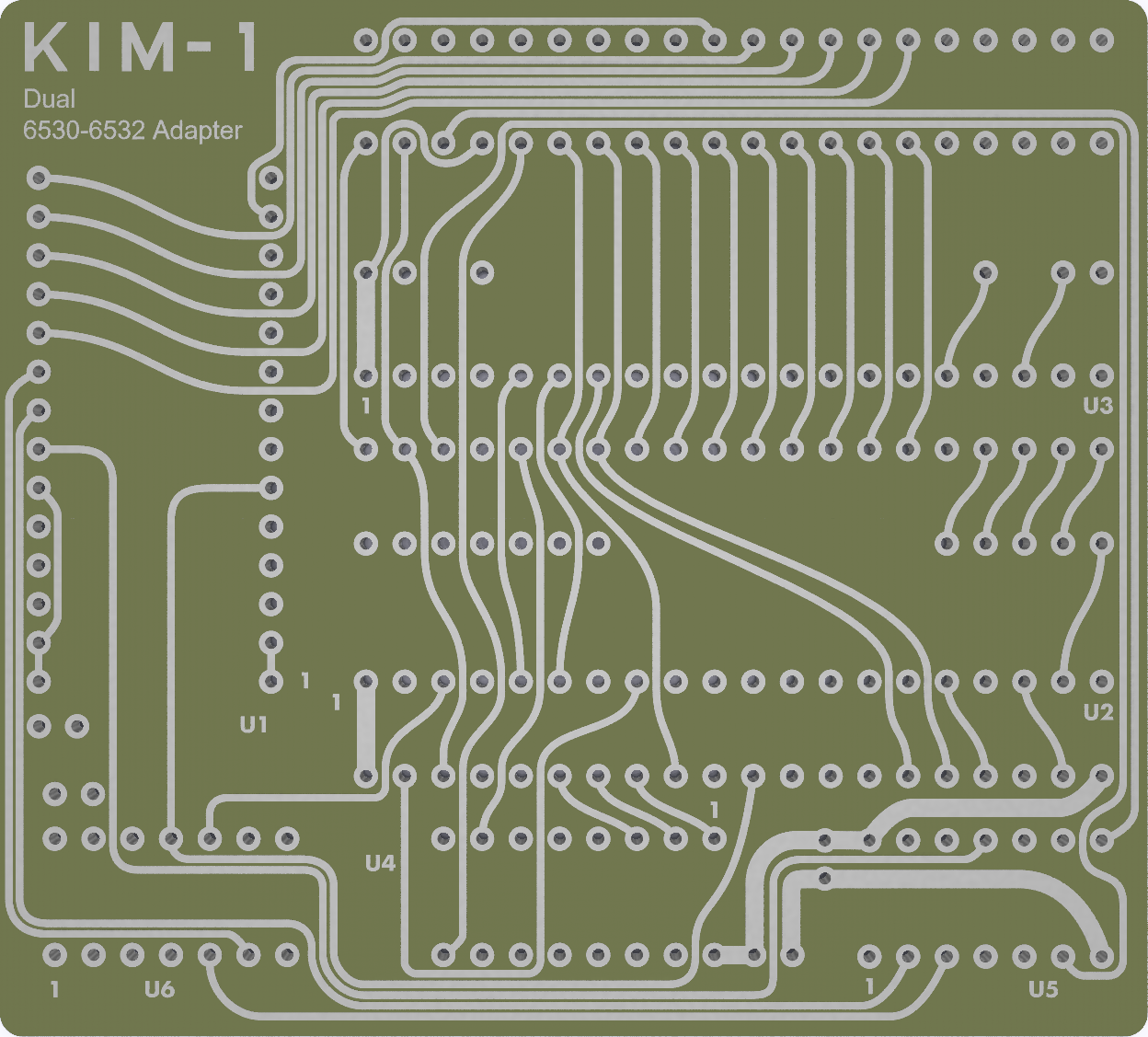


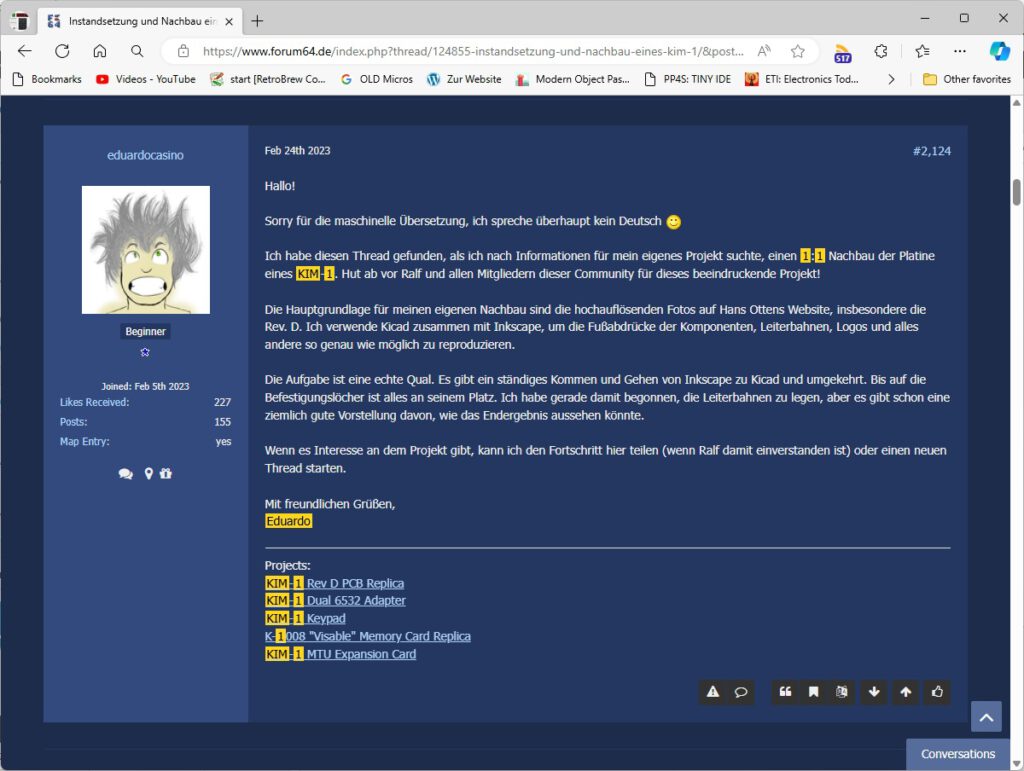
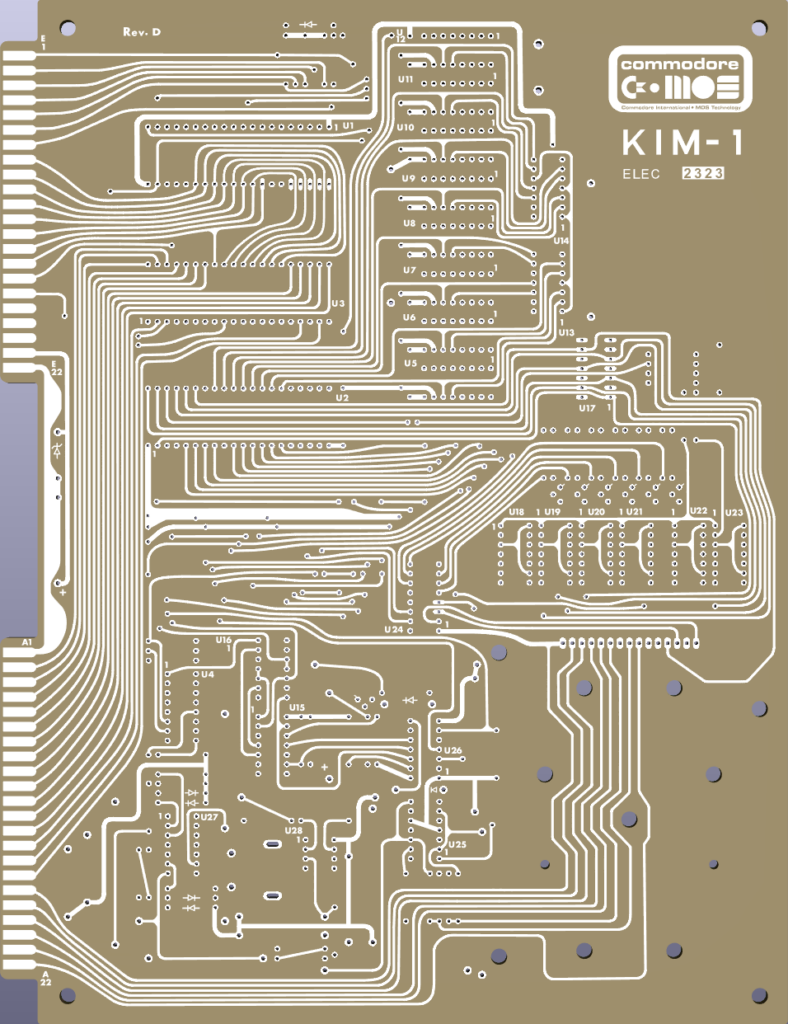
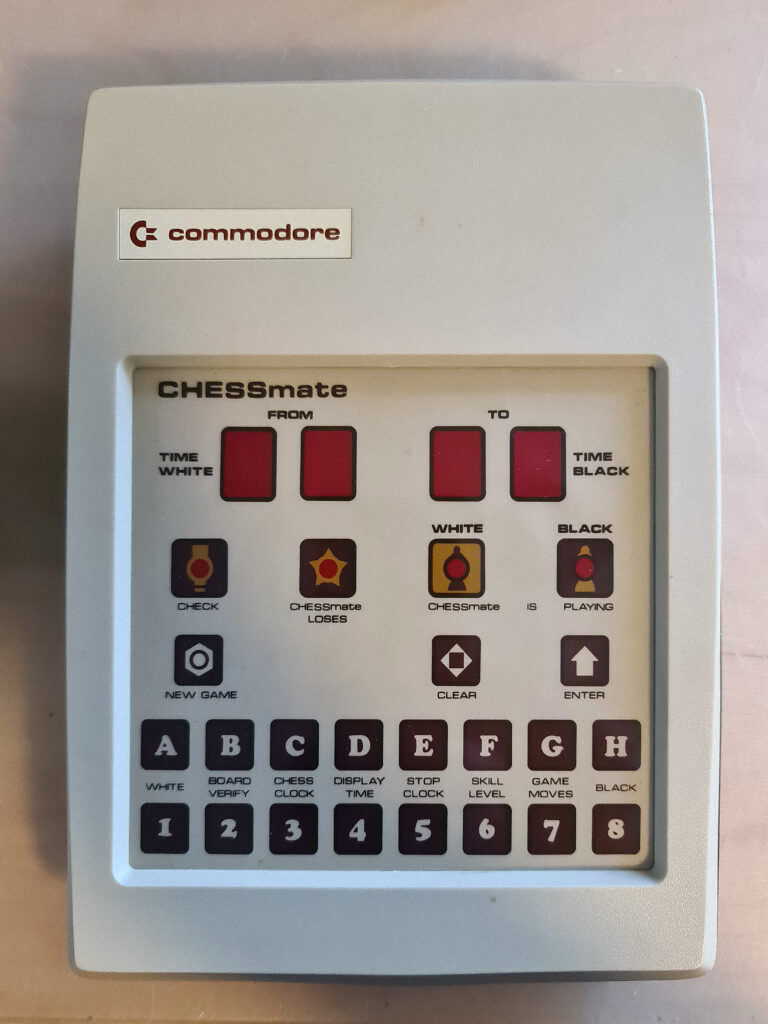
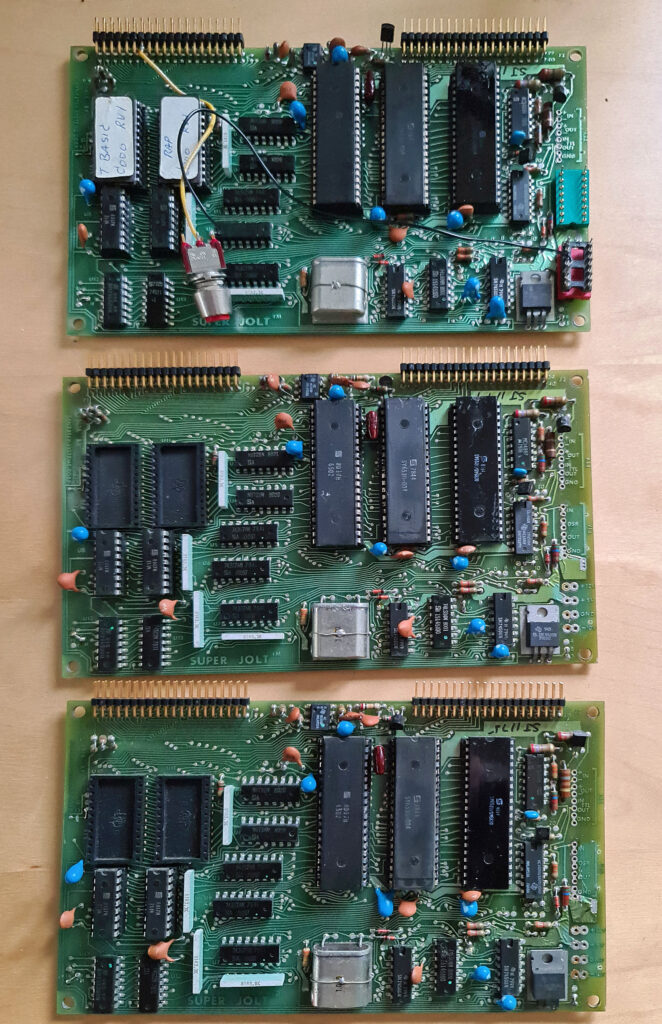
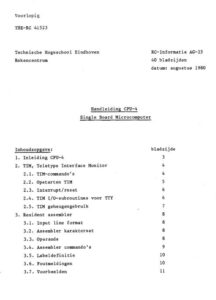
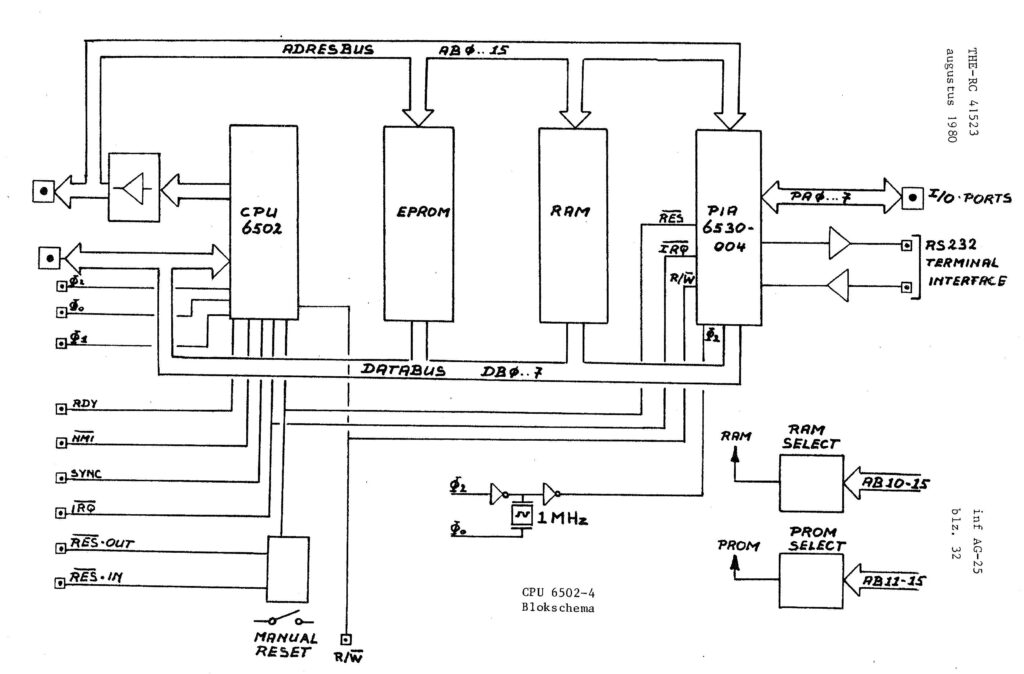
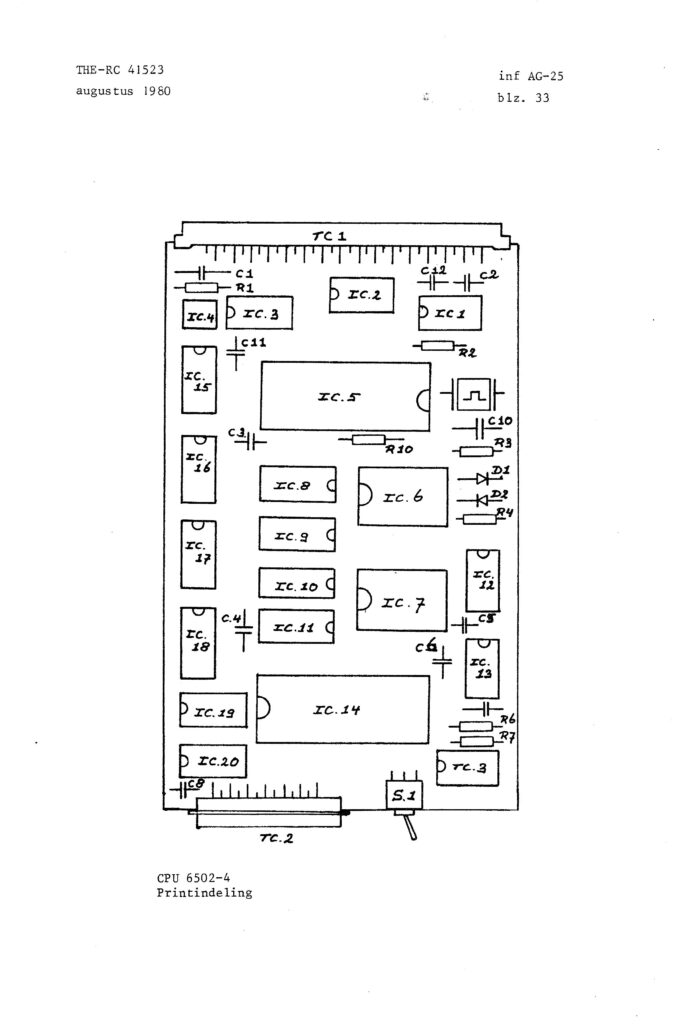
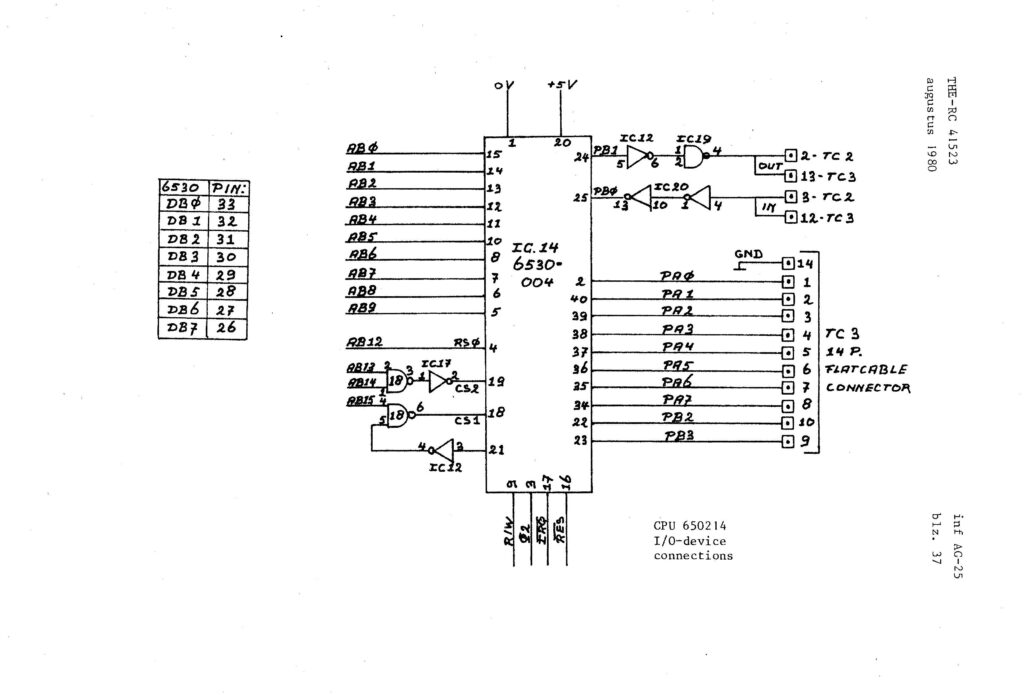
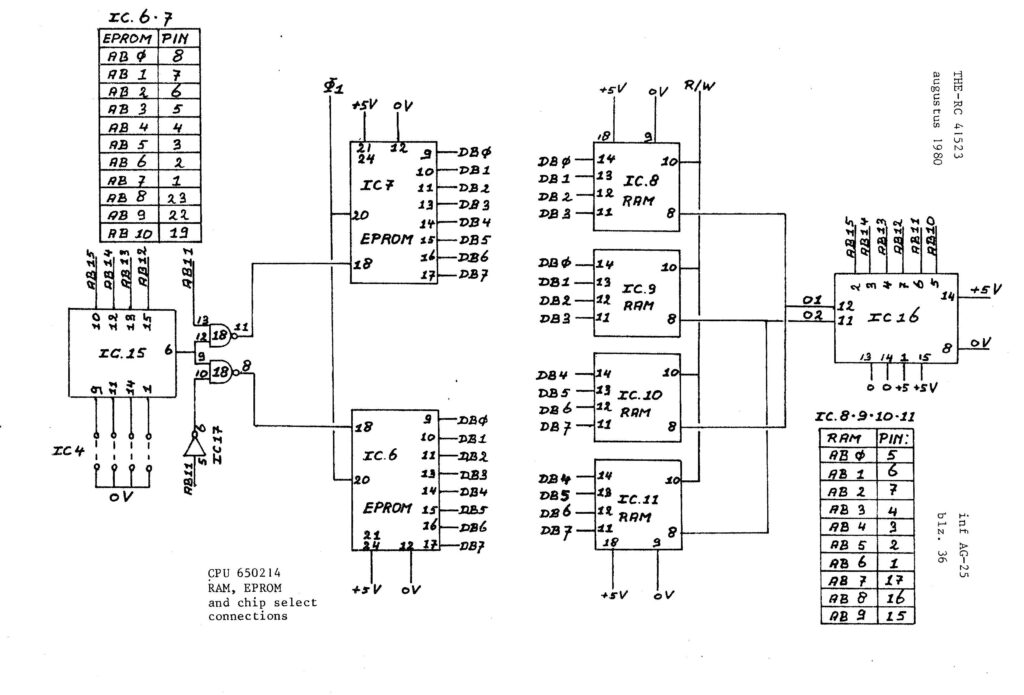
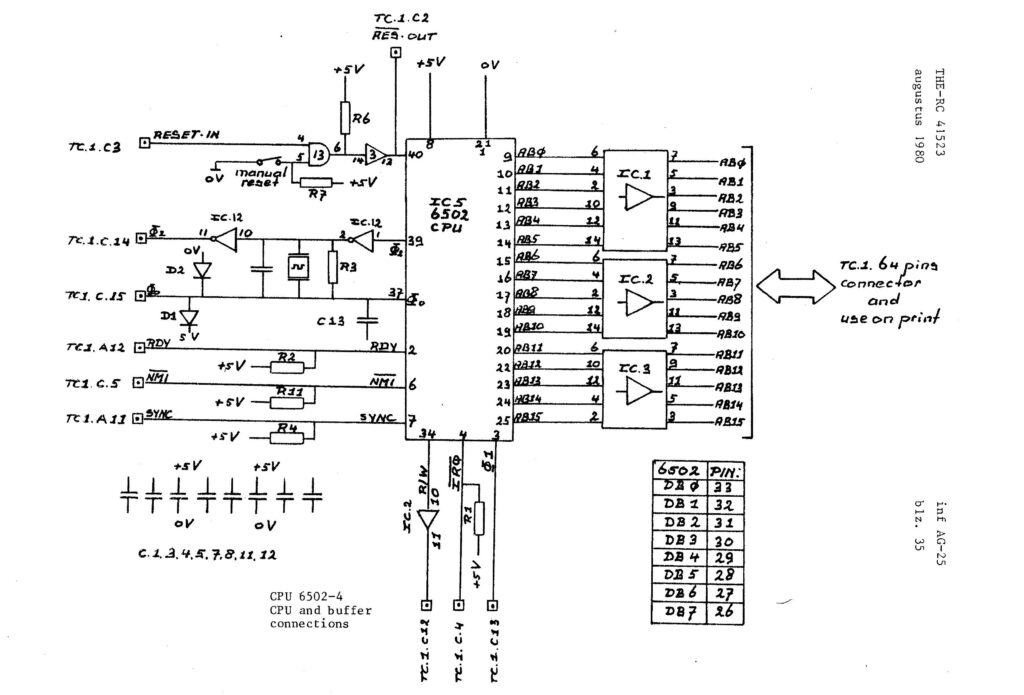
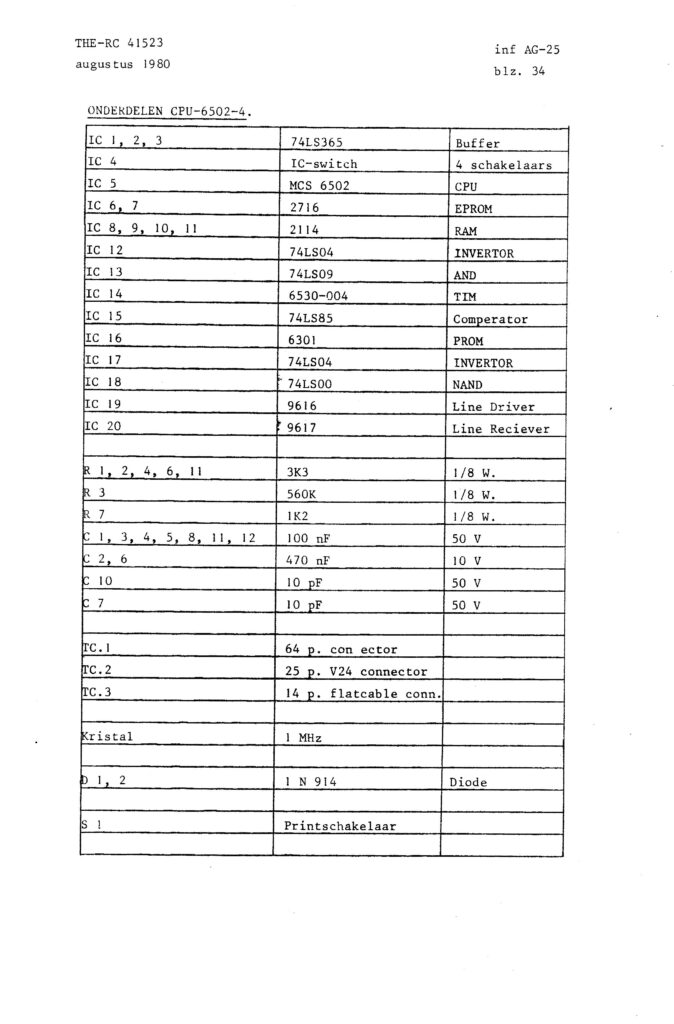
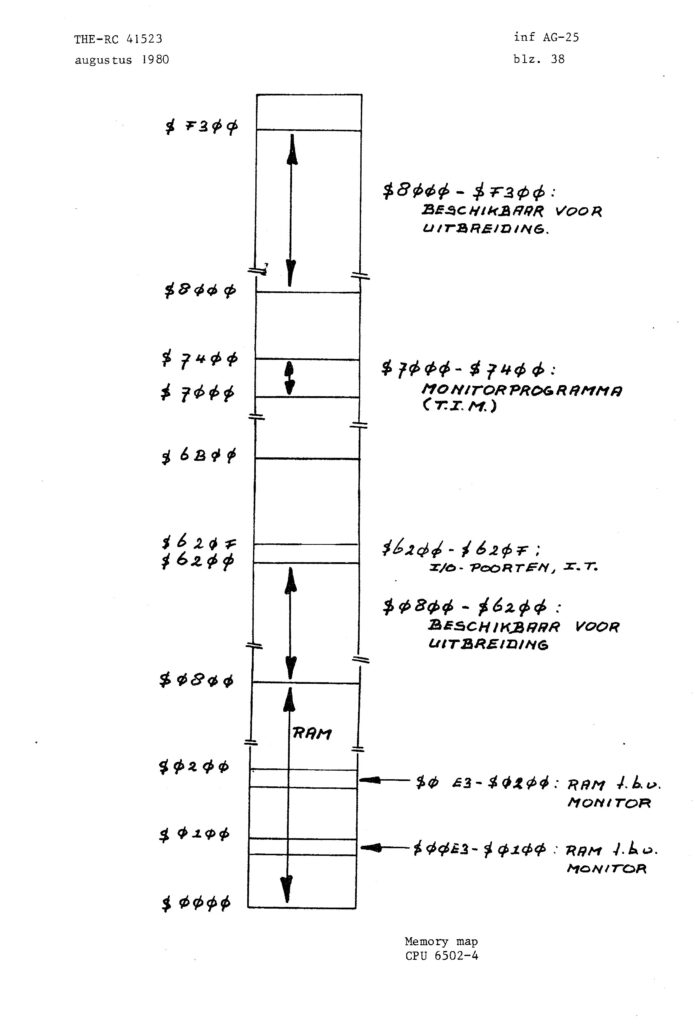
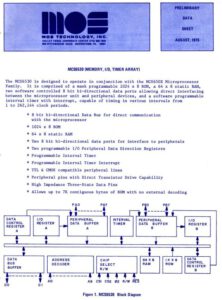
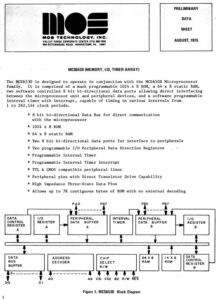
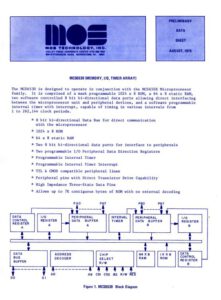
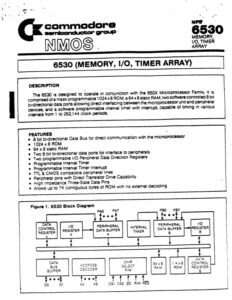
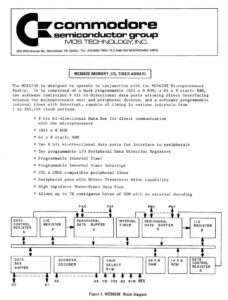
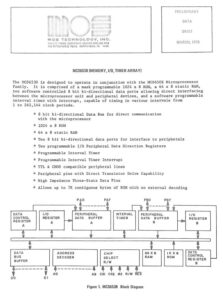
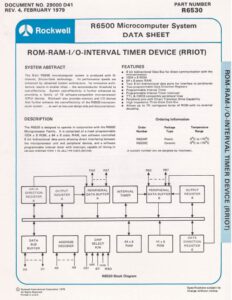
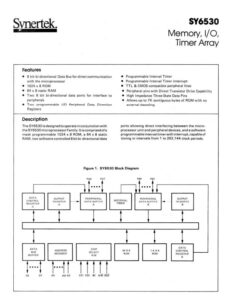
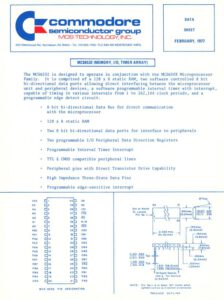
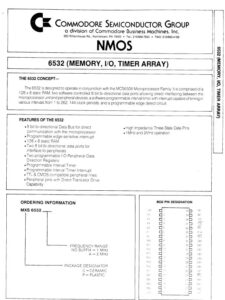
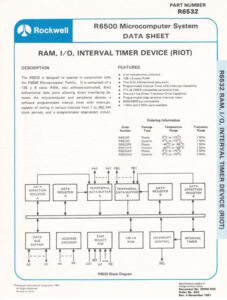
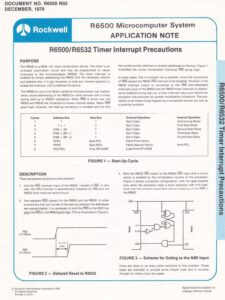
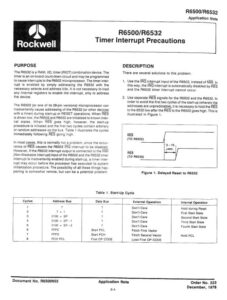
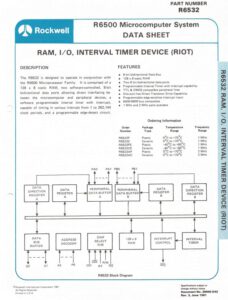
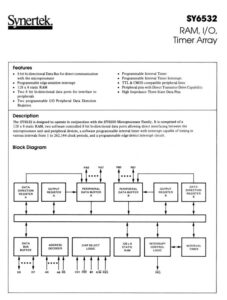

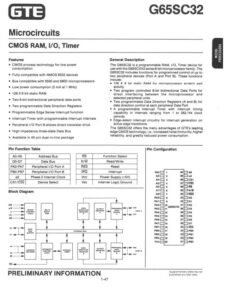
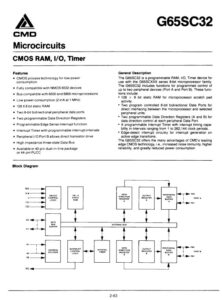
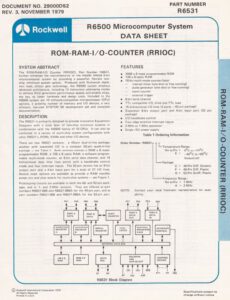
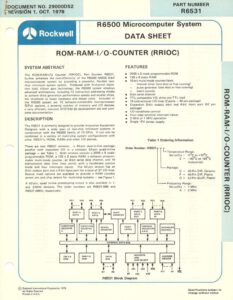
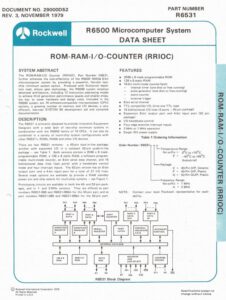
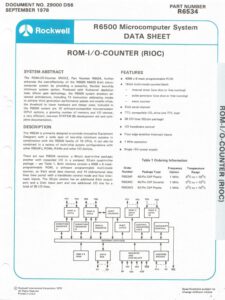
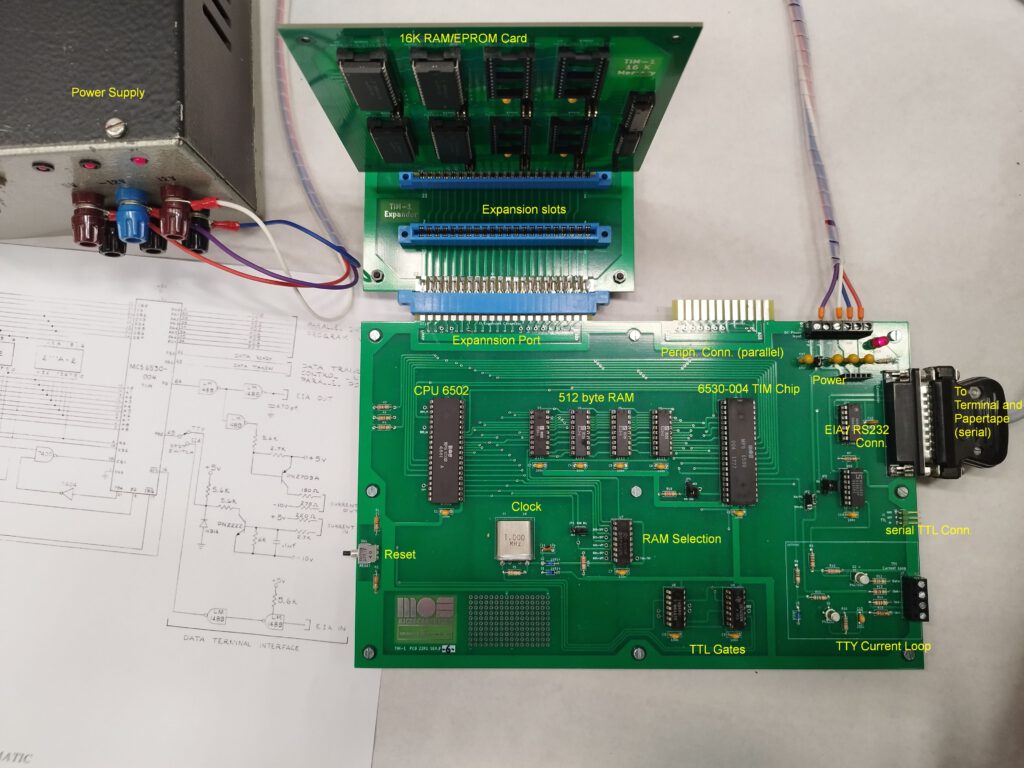 TIM-1 Overview
TIM-1 Overview